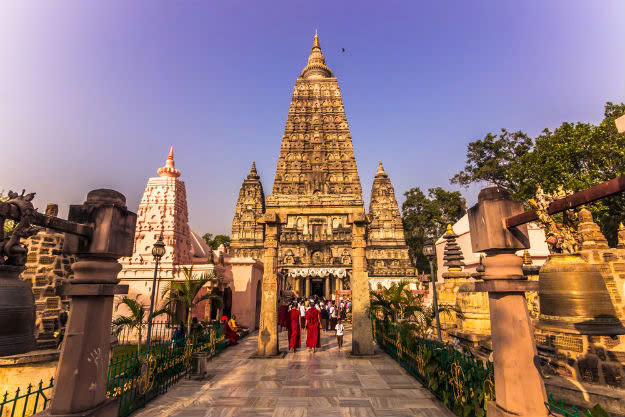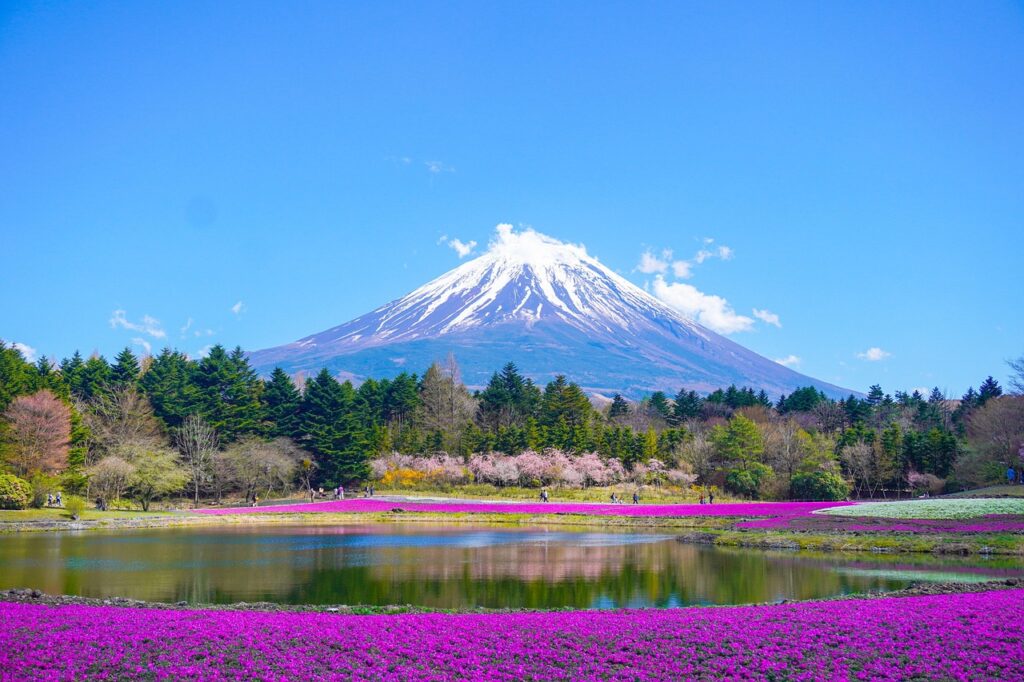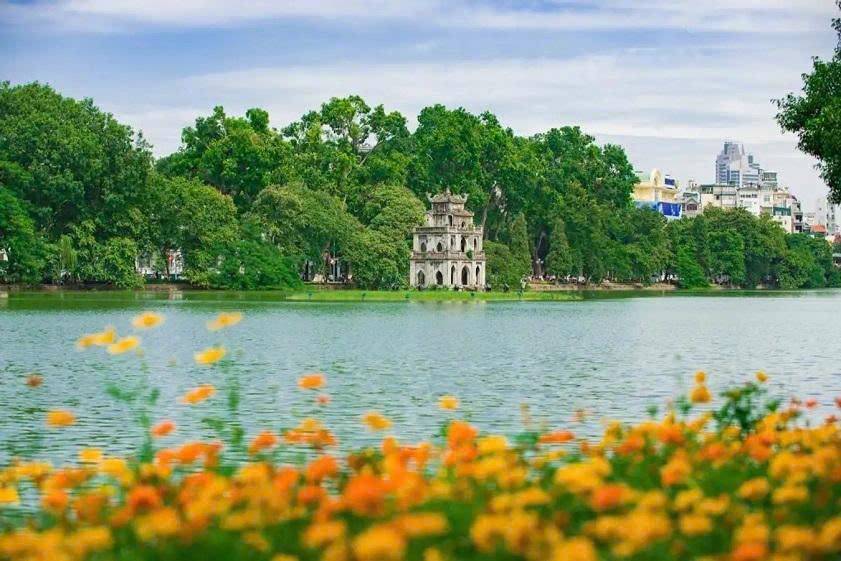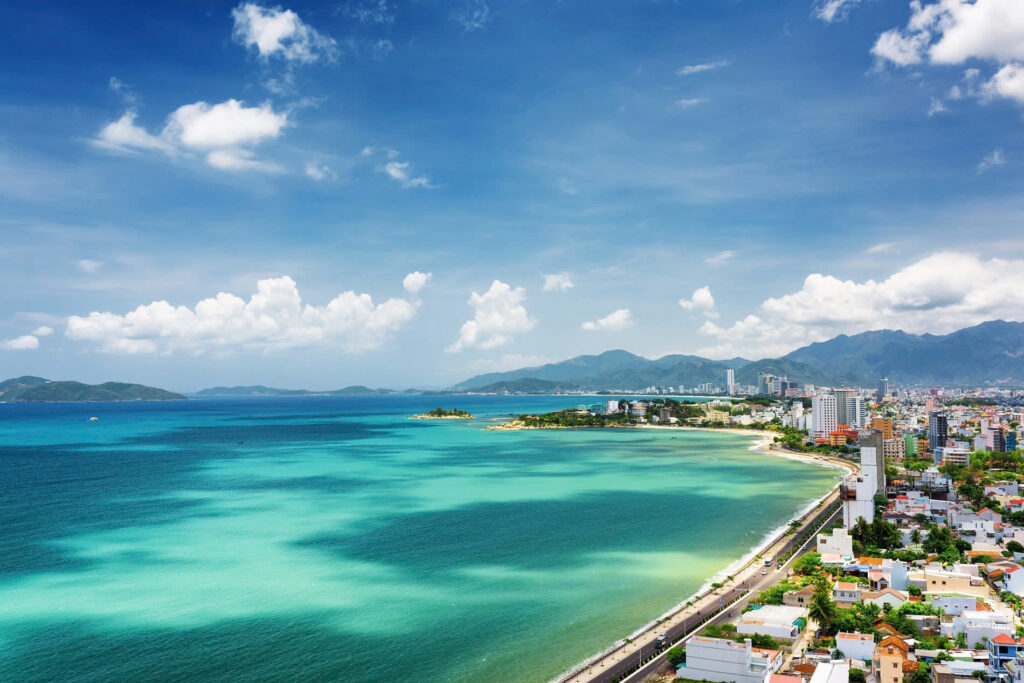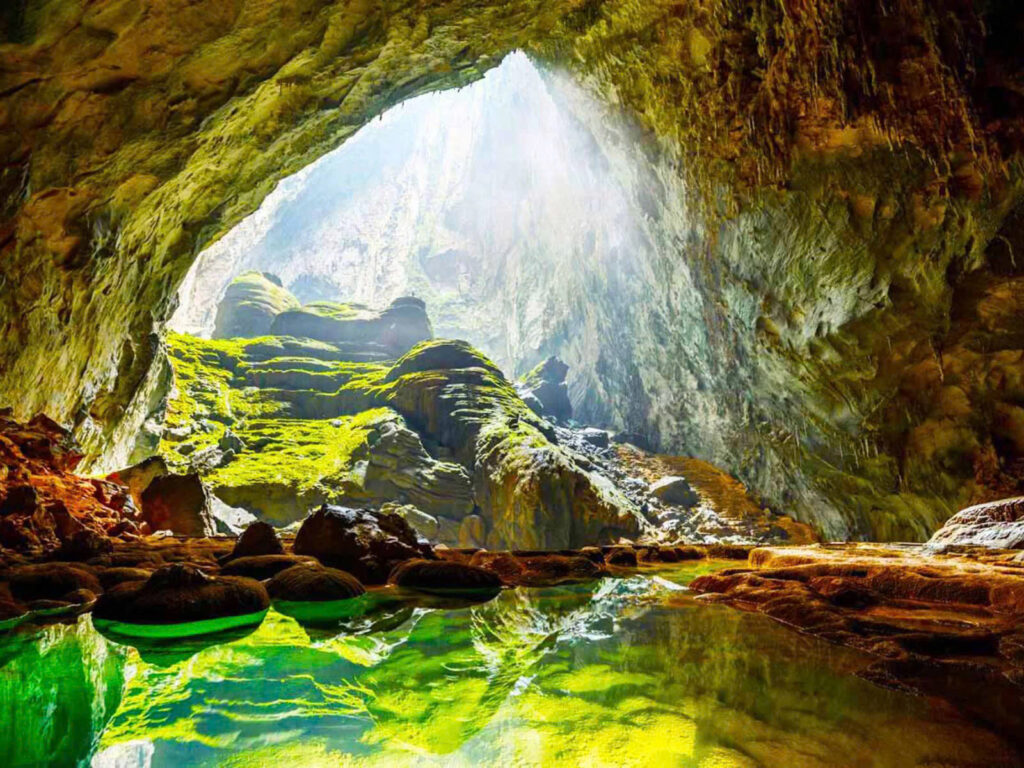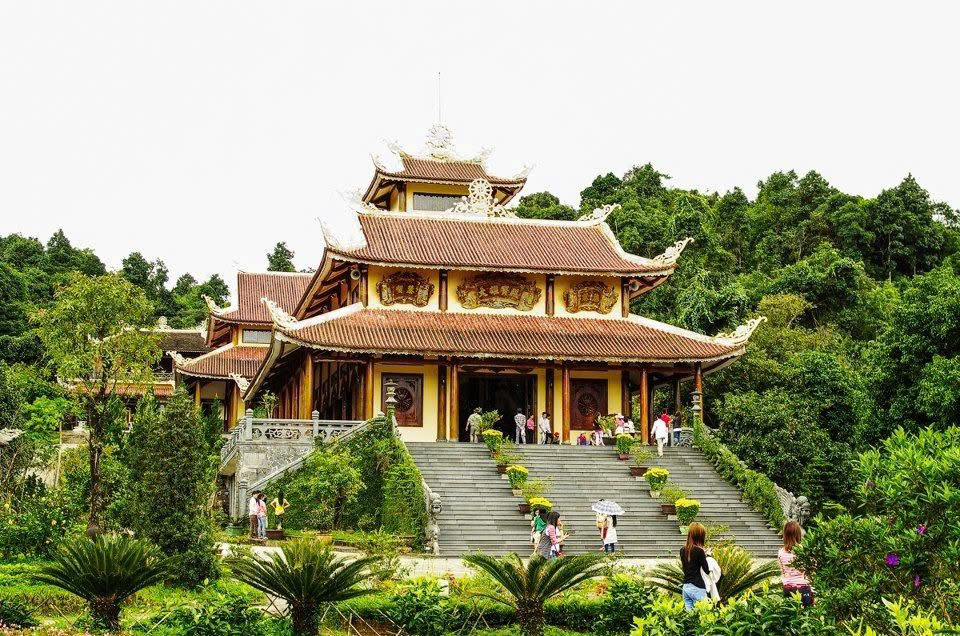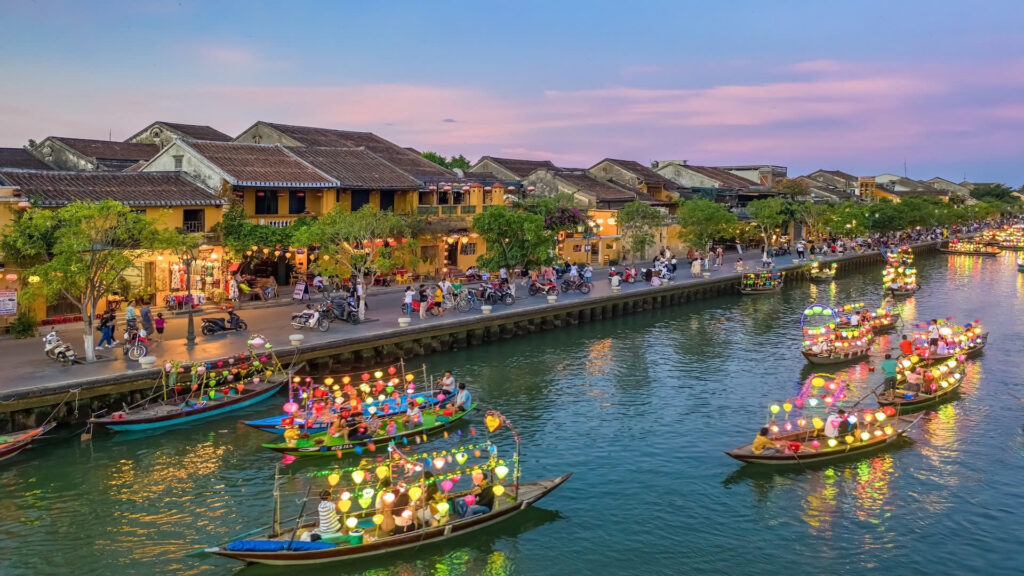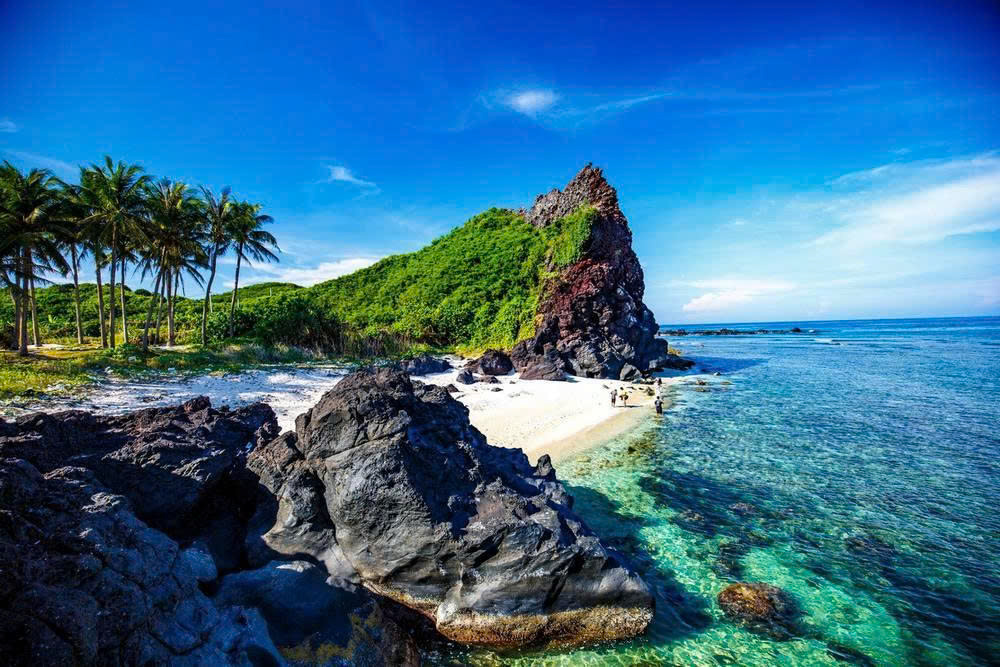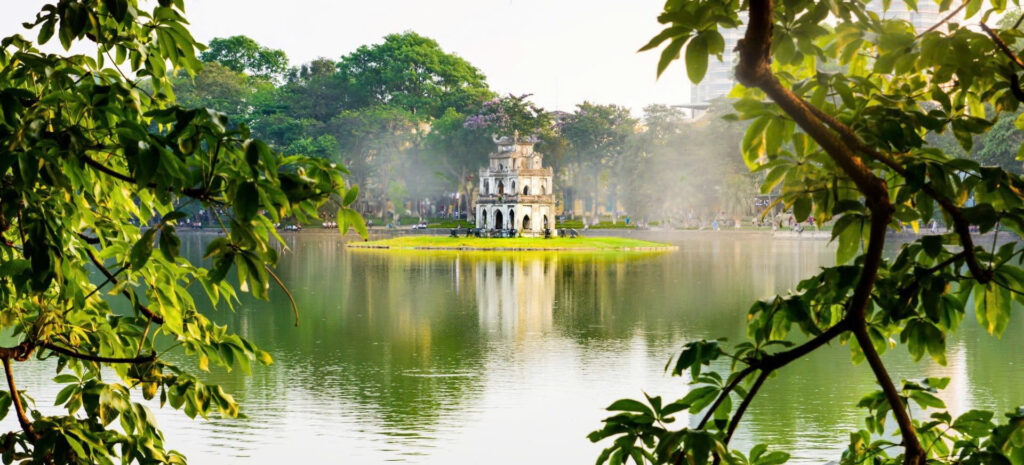Similarly, India prides itself on a vibrant spiritual and cultural inheritance. This is clear in its art, music, painting, literature, and food. Dazzling festivals happen here. Captivating traditional art shows take place. Unique culinary feasts occur. Together, these create an extraordinary and intriguing experience for visitors.
Overview of India
India is officially the Republic of India. It is a nation in South Asia. In terms of its geographical location, it shares frontiers with Pakistan, China, Nepal, Bhutan, and Myanmar. India has a large area. It ranks as the 7th largest country worldwide. It holds the 2nd largest population globally.
Historically, India is in Asia. It has a long and rich history. In the past, it was a great civilization. It is worth noting that the initial urban civilization in South Asia had its origins in India. This era marked the rise of the “Indus Valley Civilization.” Additionally, India served as the cradle for prominent religions, including Hinduism and Buddhism. Consequently, the country shows great diversity and uniqueness in its customs and daily life.
Interestingly, India can bring peace amidst life’s chaos.Encompassing the majestic Himalayan summits in its northern reaches to the radiant, sunlit coastlines in its southern expanse, India presents an extraordinary spectrum of diversity. Verdant tea plantations carpet its eastern territories. Dreamy cities are in the West. India offers unique experiences for travelers. Additionally, it has serene natural landscapes. Intriguing desert sands exist here. Gentle waters flow. Mystical hermitages stand. An incredible spiritual connection is present.
Best Time for Spiritual Travel in India
Deciding the best time to visit India for spiritual reasons needs thought. This is because the country has diverse spiritual culture and important festivals. The timing of your visit can greatly affect your spiritual experiences.
An important factor is India’s many significant spiritual festivals and events. These occur at fixed times each year. A key instance highlighting this is the Kumbh Mela, an immense gathering of religious followers. This event recurs quadrennially across various urban centers in India. Therefore, if you want to join these profound spiritual experiences, plan your trip for the festival dates.
Apart from this, climatic conditions can influence your travel and sightseeing experiences. Typically, the winter months, spanning from November to February, offer the most favorable conditions for travel throughout India. The weather is cooler and more pleasant than the tropical summer. However, the monsoon season (June to September) also has benefits. Specifically, landscapes become greener. Tour prices may be lower.
Suggested Spiritual Destinations in India
1. Lumbini (Garden of Lumbini)
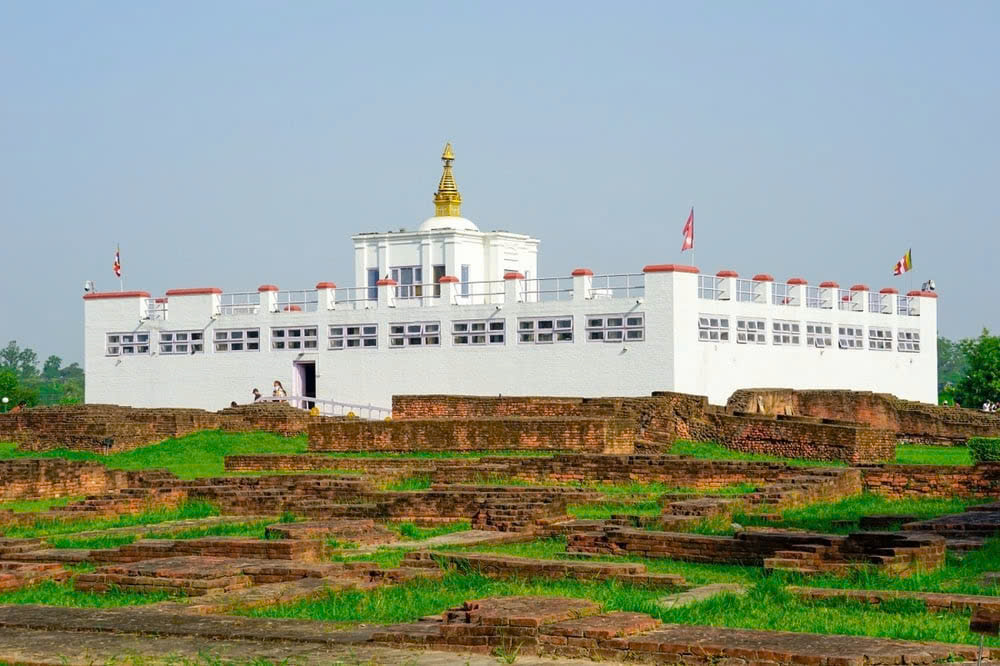
Lumbini is a sacred site in Nepal. It is situated in close proximity to the Indian frontier, at a distance of approximately 30 kilometers. In ancient times, this location served as a picturesque garden belonging to the Shakya Kingdom. Of particular importance is the presence of the Maya Devi Temple, centrally located within Lumbini. This very location marks the birth of Prince Siddhartha, the individual who would later be known as the Buddha.
Tradition holds that upon his birth, the Prince took seven paces. Astonishingly, a lotus flower emerged with every footfall. Furthermore, his left hand ascended towards the heavens, while his right hand descended, pointing towards the ground. His pronouncement echoed: “Throughout the celestial and terrestrial realms, I alone am the Honored One.” Countless births and deaths end now.” This shows the importance and liberation from the cycle of life and death. The temple honors and remembers this key event. It is named after Queen Maya Devi.
2. Bodhgaya
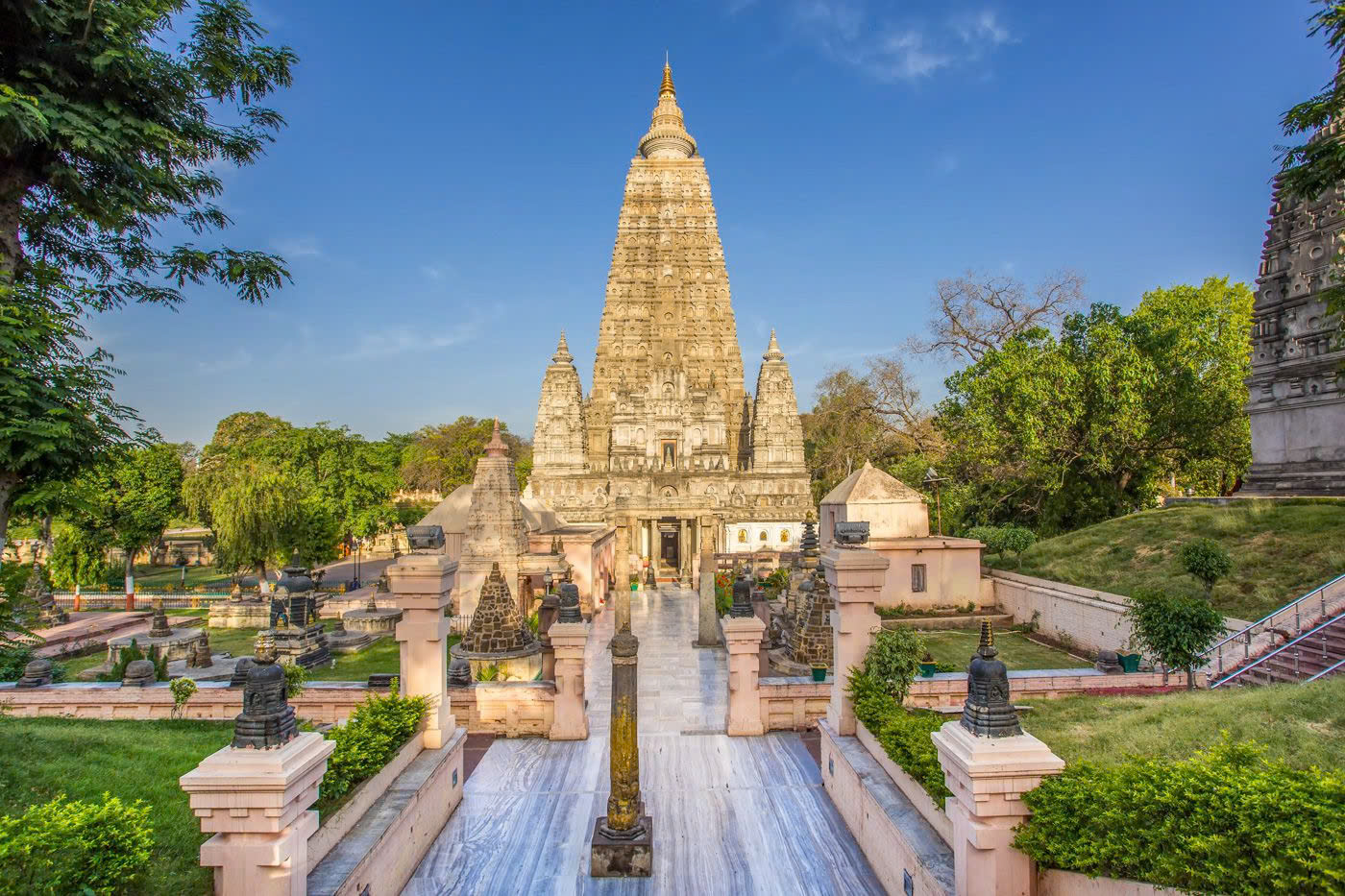
Bodhgaya is in Bihar state, India. This site holds immense spiritual significance within India. Enlightenment was realized by the Buddha at this precise location. He sat under the Bodhi tree. Buddhism originated and spread worldwide from here.
Besides the Bodhi tree, Bodhgaya has other attractions. These include the Vajrasana. The Prince meditated and entered samadhi here. Within the Mahabodhi Temple resides the statue of Mahabodhi. The likeness of the Buddha in his enlightened state is captured by this statue.
When you reach Bodhgaya, visit the Mahabodhi Temple. Offer prayers and wish for good luck, happiness, and peace. This is also a chance to understand Buddhism’s origins and spirituality.
3. Sarnath

After the Buddha became enlightened, he left Bodhgaya. His journey took him to Sarnath, which is also known as Deer Park. At that location, he encountered the five hermits with whom he had previously engaged in ascetic practices. He gave his first sermon here.
Initially, these five doubted and criticized the Buddha’s way of life. However, after hearing his teachings, they gained insight. They decided to follow the Buddha. As a result, these five disciples were the first followers. They constituted the foundational nucleus of the Sangha.
Visiting Sarnath lets you hear sacred historical stories. One can also behold the picturesque Ganges River. Observe the daily activities of Indian people. These include ritual bathing and cremation ceremonies.
4. Kushinagar

Kushinagar, also called Kusinara, is where the Buddha reached Parinirvana. It is 52 km from Gorakhpur city in northeastern India. If Lumbini was the Buddha’s birthplace, Kushinagar brought sorrow at his passing. After 49 years of teaching, the Buddha entered Parinirvana under a sala tree.
When you visit these sacred sites, you will see the Parinirvana Stupa. Visit the Parinirvana Temple, where the Buddha died. Admire the stupa with his golden remains. This is also the site of the Buddha’s cremation. It marks his leaving worldly life for Nirvana.
5. Amritsar

Amritsar is a city in Punjab state. Guru Ram Das, the fourth spiritual leader in the Sikh tradition, is credited with establishing this city in the year 1577. Bearing the name “Amritsar,” which translates to the “Wellspring of Eternal Life,” it signifies its supreme sacred status within the Sikh tradition. The city’s name itself stems from the waters surrounding the Harimandir Sahib, famously known as the Golden Temple, the shade of which evokes the warmth of honey.
The Harimandir Sahib itself exudes a brilliant radiance, attracting a global congregation of devotees. As evening approaches, the city’s charm intensifies. The Golden Temple’s dome, bathed in light, projects a luminous reflection onto the surrounding waters, enhancing its captivating beauty.
Travelers frequently journey on foot from Amritsar to the Wagah Border. They watch the special Beating Retreat ceremony between India and Pakistan.
6. Haridwar

Haridwar, revered as the “Gateway to the Divine,” represents a highly sacred spiritual site in India. Furthermore, it stands as one of the nation’s most ancient urban centers. Situated at the base of the Himalayas within the state of Uttarakhand, Haridwar holds particular significance and affection for Hindu adherents.
This sacred locale draws Hindu devotees who come to submerge themselves in the waters of the Ganges River. They perceive this act as a means of absolution and spiritual cleansing. It is noteworthy that the river’s waters in Haridwar are recognized for their greater purity and cooler temperature compared to many other stretches, most notably in contrast to Varanasi.
As evening descends, Haridwar gains renown for the Ganga Aarti ceremony. This ritual stands as a striking act of reverence for the Ganges River. Moreover, the Mansa Devi Temple serves as a favored destination for those visiting the area.
7. Rishikesh

If you love yoga and want to learn more, Rishikesh is ideal. Yoga originated here. It has become a popular center for yoga, meditation, and studying Hinduism. Rishikesh city is on the banks of the Ganges River. Green hills surround it. Geographically, it is not far from Haridwar in Uttarakhand state.
Rishikesh attracts visitors seeking inner peace. Many ashrams and yoga centers are here. The living environment suits those wanting a peaceful and inspiring trip. They can focus on their spirit and well-being.
8. Varanasi

Finally, this is one of Hinduism’s seven holiest cities in India. It is in Uttar Pradesh state. The city has an ancient history and spiritual power. It is also known as the “City of Lord Shiva.” Hindus worship Shiva as the source of creation and destruction.
What makes Varanasi special are the public religious rituals along the riverbanks. These create a unique and fascinating spiritual scene. The city attracts Hindus and international visitors. They come to experience India’s spiritual pilgrimage atmosphere.

